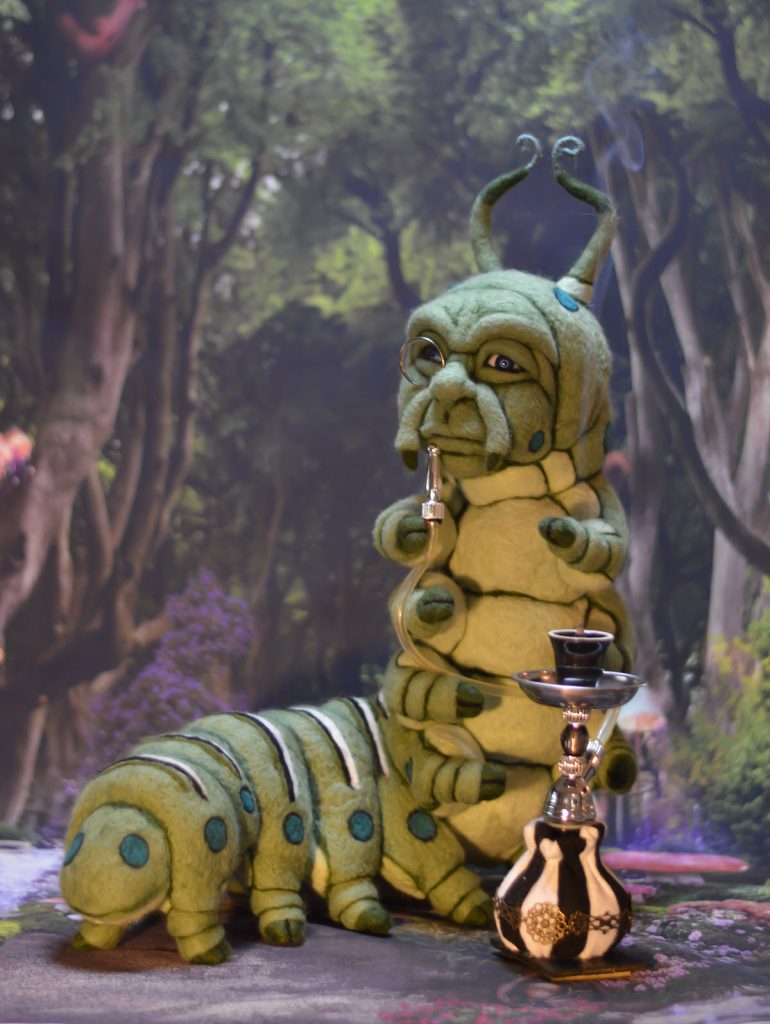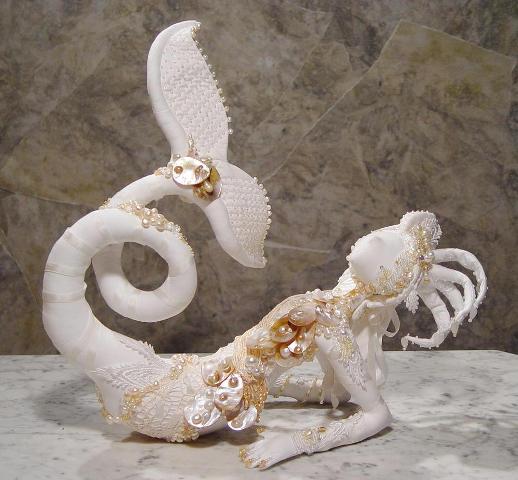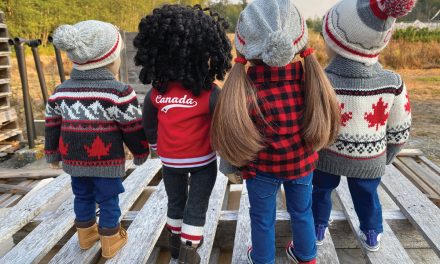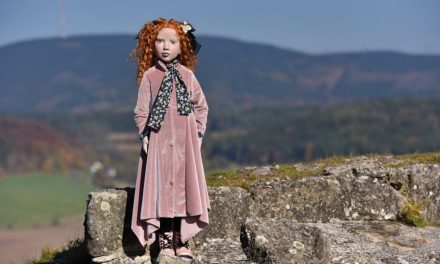By Sarah Maldonado and Carol Johansen
The Original Doll Artist Council of America (ODACA) celebrates the doll as art and fosters and encourages talent in the figurative arts. Its purpose is to educate collectors about original art dolls and to support original doll artists so they can achieve and maintain the highest standards for their work. The members are varied and diverse, but they are united in their aim for perfection in the creative process. Over the decades, ODACA has maintained an inclusive definition of the doll and has embraced a broad range of styles, materials, designs, and dollmaking methods.
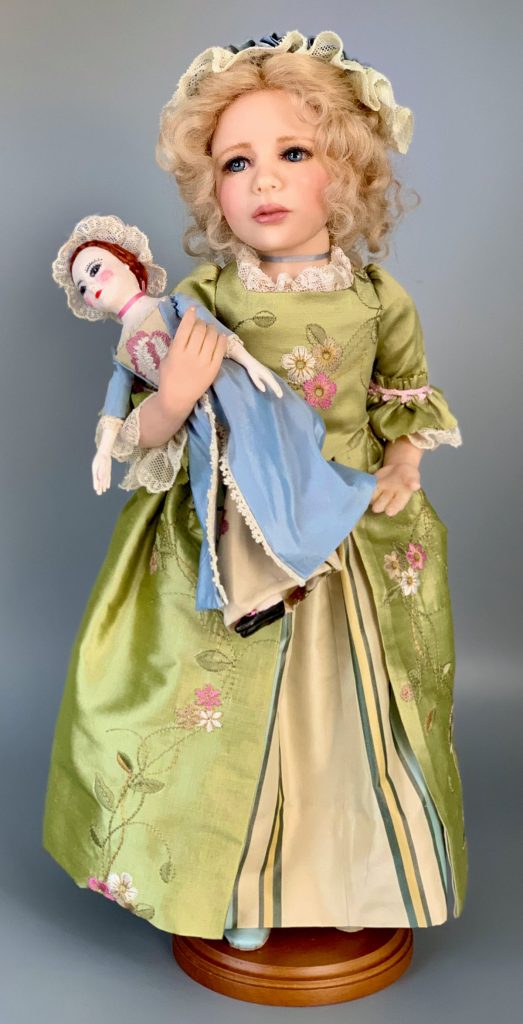
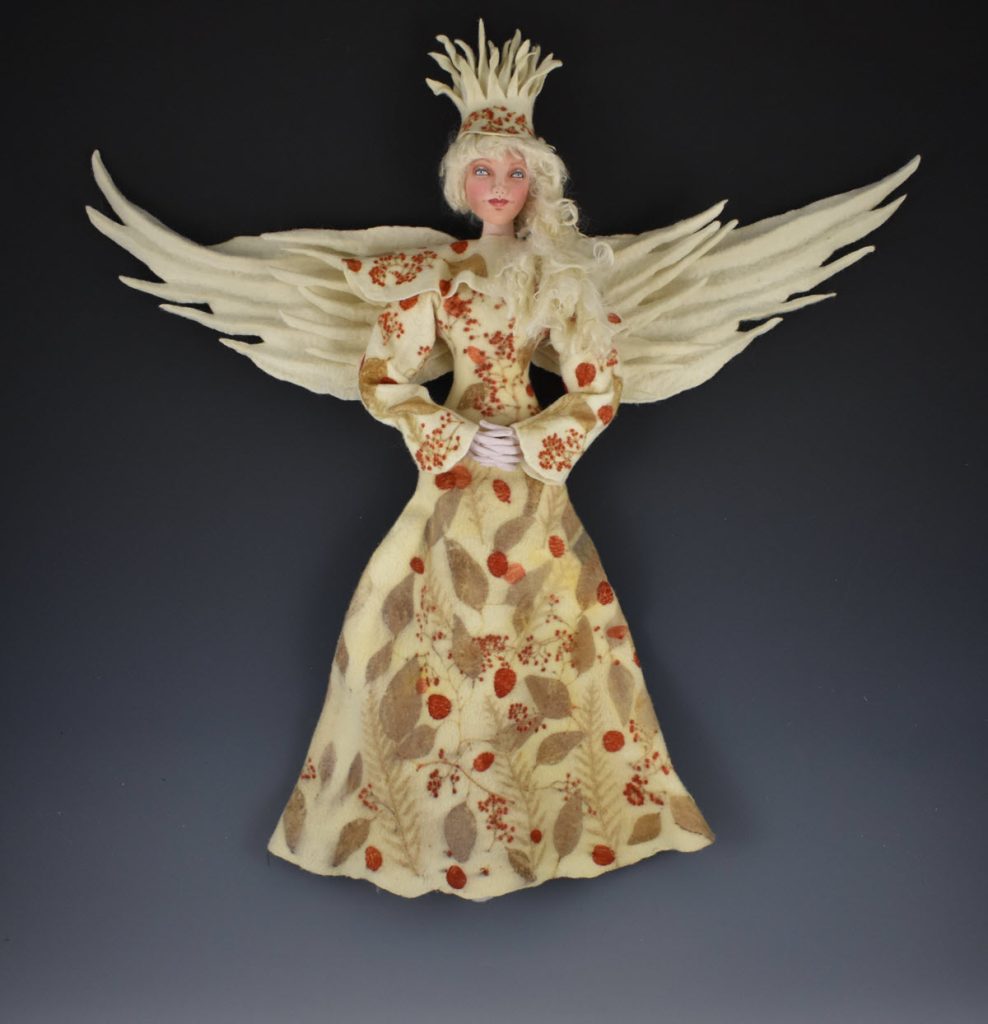
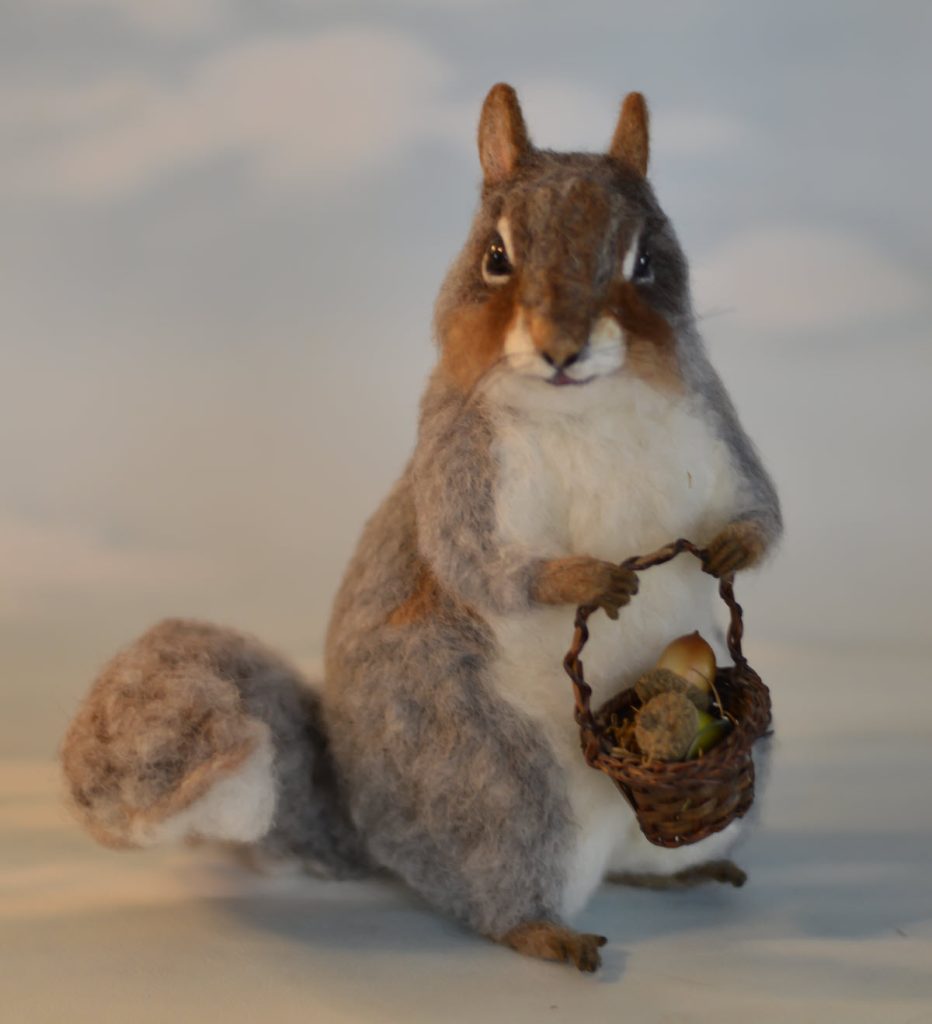
The idea for ODACA originated in the early 1970s as a group of artists informally shared a creative passion and joy in the companionship of like-minded individuals. They shared tips and techniques and encouraged each other to grow as artists. ODACA, as a formal organization, was established in 1976 following a series of meetings at the home of doll artist Bess Fantl in California. This nuclear group of 10 founders designed an organizational structure, wrote bylaws, created standards for membership, and began outreach activities. A relationship with the United Federation of Doll Clubs (UFDC) spread information about this budding organization and its focus to a wider national audience. This supportive relationship continues today.
Members of ODACA include original doll artists, collectors, and those who appreciate and encourage creativity in doll art. Artist members are not only diverse in their styles of figurative art, approaches to the creative process, and chosen materials but are also scattered throughout the United States and internationally. Patron and artist members participate in quarterly Zoom meetings to share techniques, materials, new dolls in progress, camaraderie, and advice. Members also receive a quarterly newsletter, Expressions, filled with new work, tutorials, resources, recognition of achievements, and organizational information. The ODACA website and social media channels share and promote members’ work to the public.
Throughout the year, ODACA members participate in educational and outreach activities, attending regional and national conventions to teach and exhibit their work, and they are featured in publications. You might see their work in shows such as Artistic Figures in Cloth and Clay, the Houston Quilt Show, the Philadelphia Doll and Teddy Bear Show, Bewitching Peddlers of Halloween, and the Doll Prague exhibition, as well as in magazines such as International Doll Artists, A for Artistic, DOLLS, and Poppen & Teddy-Beer. Many members have individual websites and maintain a presence on Facebook, Instagram, Etsy, and eBay.
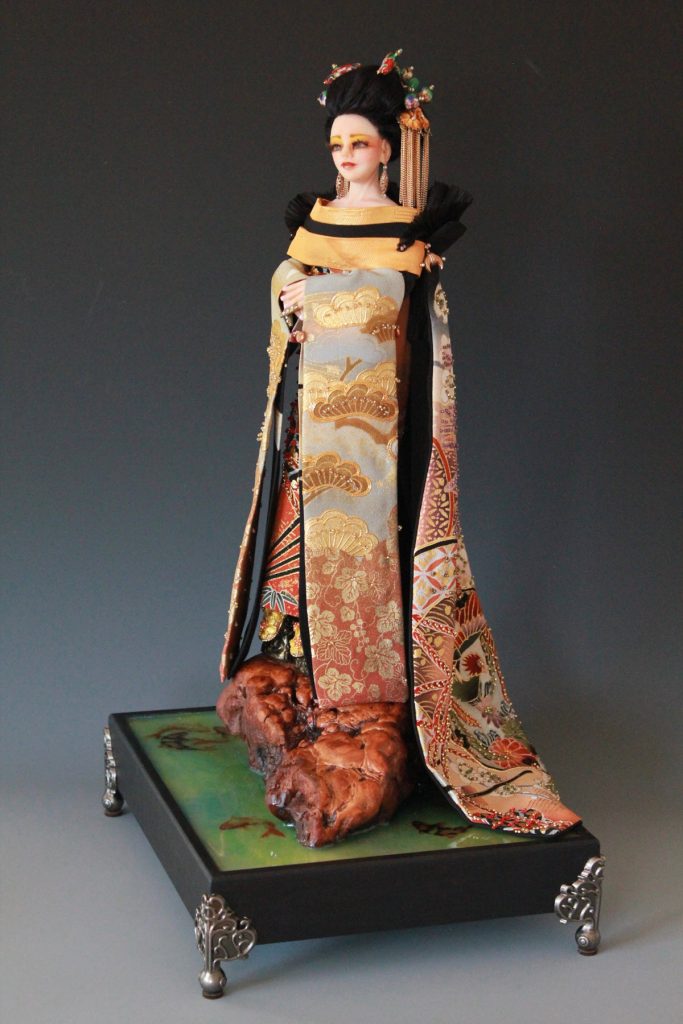
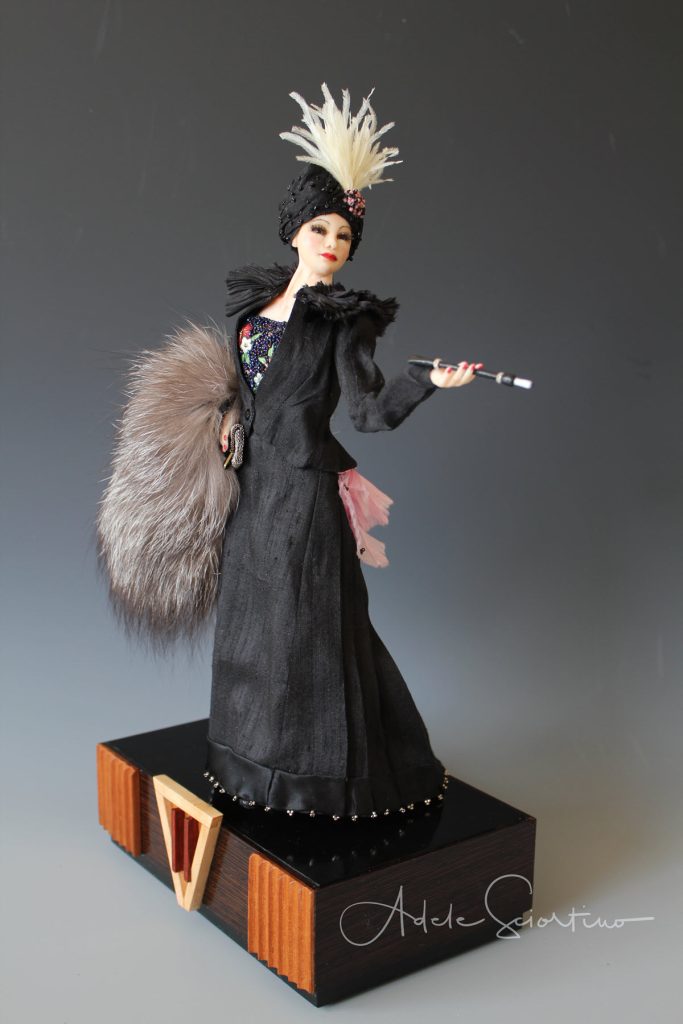

Once a year, members convene for ODACA Day. It is a time to celebrate the doll as art, share experiences, renew friendships, and conduct business. ODACA’s gathering is held in conjunction with the UFDC national convention, which allows ODACA to reach a much larger group of collectors. The activities of ODACA Day include a themed luncheon and salesroom. Both are open to the public and UFDC convention attendees, and they rely on patron members’ participation regarding planning, setting up, and serving as hosts. The ticketed luncheon features a speaker on a topic of interest and a drawing for original and doll-related items. Each attendee receives an original souvenir doll created by an artist member, and the luncheon tables feature an original centerpiece doll made by an artist member to showcase the theme. One lucky attendee at each table receives the centerpiece doll by random selection. The festive luncheon and salesroom allow ODACA members, UFDC members, and doll collectors to mingle and enjoy shared interests.
Application for artist membership entails passing three separate stages. Initially, applicants are juried by a committee of current artist members — each prospective member submits a photographic portfolio of their work for review and evaluation. Candidates who advance to the second level are asked to document each step in the creation of a doll in their chosen medium. This allows the review committee to see the design process from inception to final product. Documentation of the armature, body construction, costuming, accessories, and posing are detailed. Finally, the prospective artist member is invited to present that doll and two others in person to the panel of judges at ODACA Day for a final critique and possible induction. In support of the applicant, a current artist member is available to answer questions related to the application process and serves as a source of encouragement throughout the process.
The website odaca.org is where the public can find profiles, doll photos, and information about each artist member. Information and forms for membership as either an artist or a patron are available to download. Similarly, information about ODACA Day activities is provided and updated as plans are made. The website also provides a way to contact the organization with questions or comments.
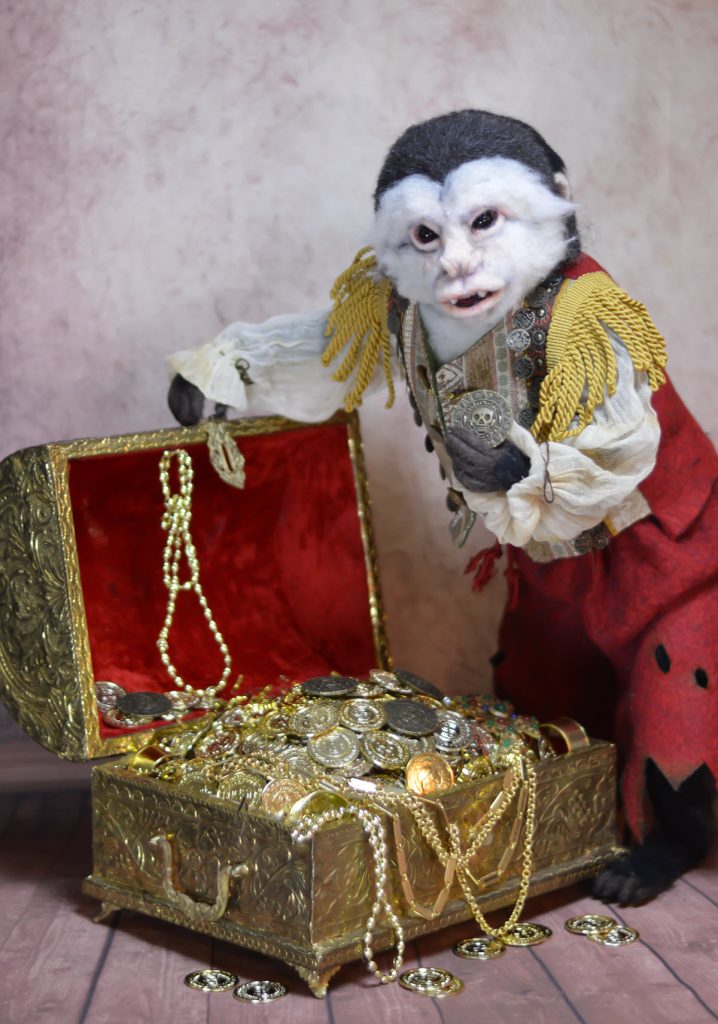
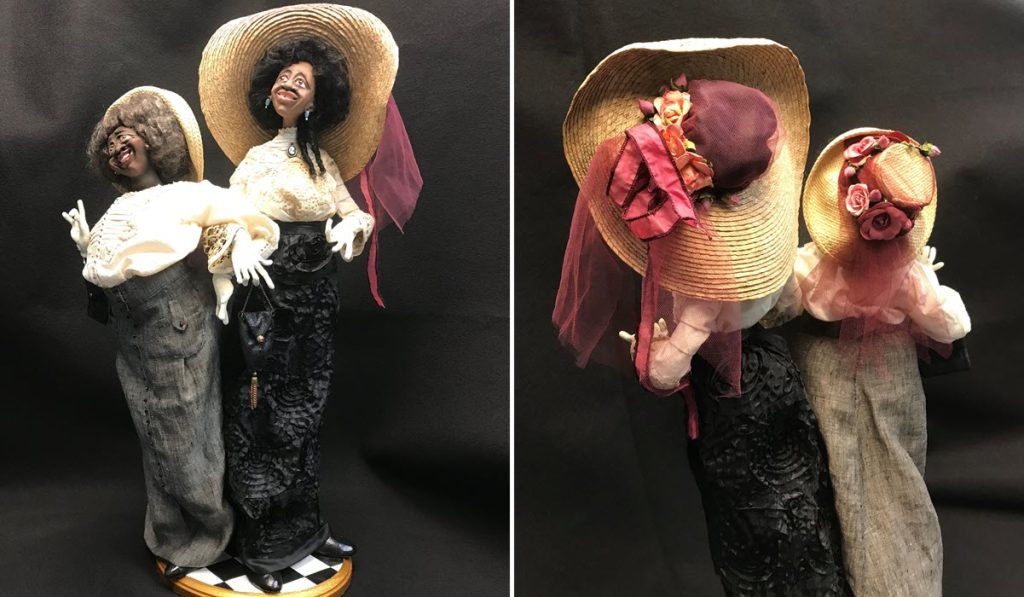

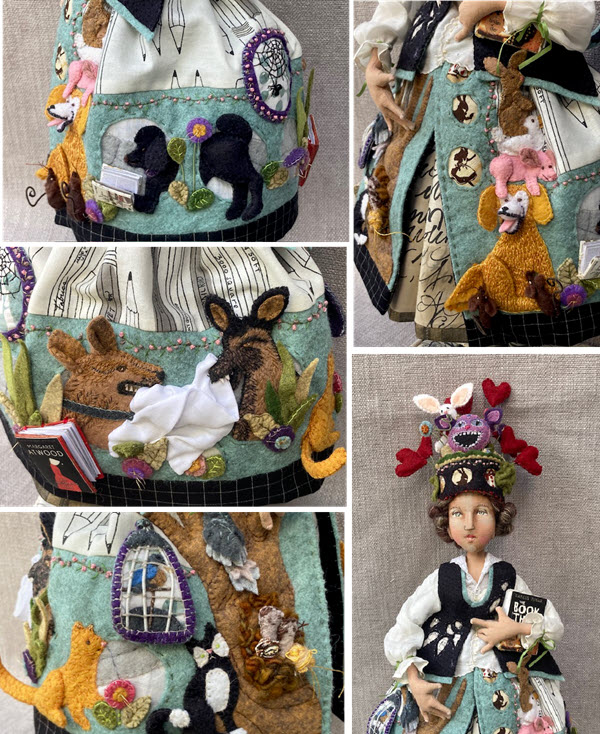
The creative process can be a solitary pursuit. ODACA is a wonderful place to find a community of kindred, creative spirits. Here is a sampling of what some fellow artists had to say about ODACA: “I’ve had the pleasure of meeting wonderfully talented and like-minded artists.” “My years as an ODACA artist have proven to be enjoyable and fruitful.” “I receive open, friendly support from talented and knowledgeable artists.” “Sharing techniques and resources through our online Zoom meetings always sparks new ideas and methods.” “Sharing ideas and feeling supported by the organization has helped me grow professionally.” “ODACA Day challenged me to up my game each time I attended the event.”
In conclusion, ODACA will continue to support the art of the doll and those who love collecting them. As stated on ODACA’s website, “The contemporary doll artist is vital to the collectors of the future. Without the artist, what would there be for the collector to collect — or for the historian to study? The story of ODACA and its artists will endure. Their work will survive and be the ‘finds’ at auctions and doll shows, proudly displayed in the homes of present collectors and become the treasures of the future.”

